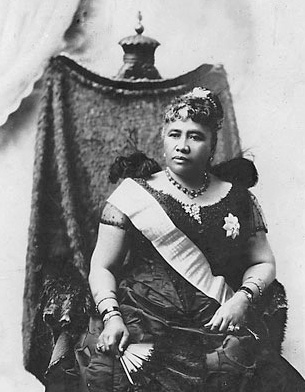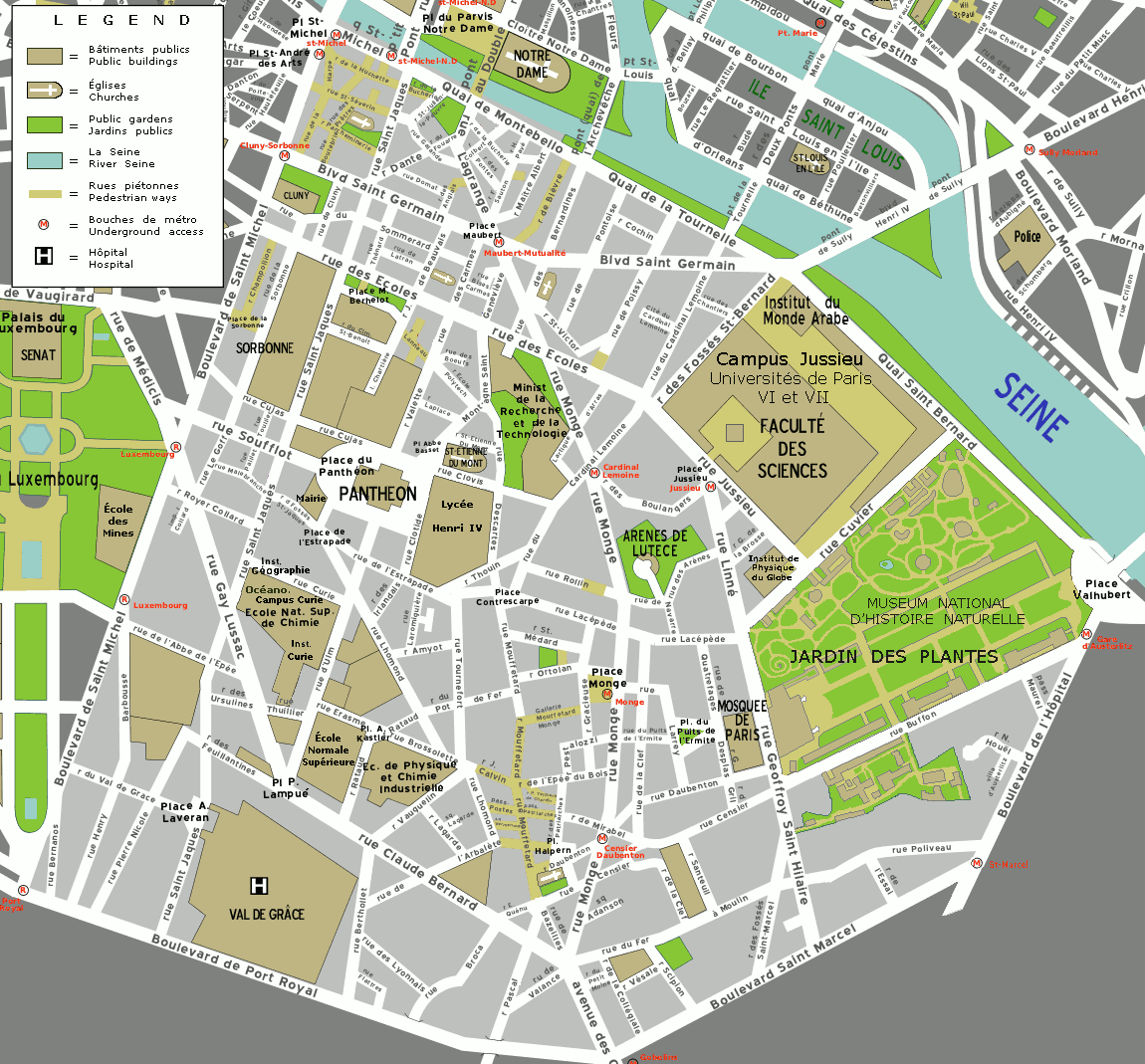|
Ion Pillat
Ion Pillat (31 March 1891 – 17 April 1945) was a distinguished Romanian poet. He is best known for his volume ''Pe Argeș în sus'' (''Upstream on the Argeș'') and ''Poeme într-un vers'' (''One-line poems''), and for his embryonic love for his Moldavian & Muntenian boyar villages Florica & Miorcani, depictured in all his Poetry. His maternal grandfather was Ion Brătianu. He studied at the University of Paris from 1910 to 1914, returning to Bucharest after obtaining a law degree. Biography Childhood Ion Pillat was born on 31 March 1891, in Bucharest. The Pillats were an old family of free farmers, originally from the Prut River valley. His father, Ion N. Pillat, was a landowner and parliamentarian. His mother, Maria Brătianu, was the second daughter of the political leader Ion C. Brătianu. His elementary education took place in the town of Pitești. In 1910, he enrolled in a student at the Sorbonne, where he studied mainly literature, history and geography, but he ... [...More Info...] [...Related Items...] OR: [Wikipedia] [Google] [Baidu] |
Bucharest
Bucharest ( , ; ) is the capital and largest city of Romania. The metropolis stands on the River Dâmbovița (river), Dâmbovița in south-eastern Romania. Its population is officially estimated at 1.76 million residents within a greater Bucharest metropolitan area, metropolitan area of 2.3 million residents, which makes Bucharest the List of cities in the European Union by population within city limits, 8th most-populous city in the European Union. The city area measures and comprises 6 districts (''Sectors of Bucharest, Sectoare''), while the metropolitan area covers . Bucharest is a major cultural, political and economic hub, the country's seat of government, and the capital of the Muntenia region. Bucharest was first mentioned in documents in 1459. The city became the capital in 1862 and is the centre of Romanian media, culture, and art. Its architecture is a mix of historical (mostly History of architecture#Revivalism and Eclecticism, Eclectic, but also Neoclassical arc ... [...More Info...] [...Related Items...] OR: [Wikipedia] [Google] [Baidu] |
Alexandru Macedonski
Alexandru Macedonski (; also rendered as Al. A. Macedonski, Macedonschi or Macedonsky; 14 March 1854 – 24 November 1920) was a Romanian poet, novelist, dramatist and literary critic, known especially for having promoted French Symbolism (arts), Symbolism in his native country, and for leading the Symbolist movement in Romania, Romanian Symbolist movement during its early decades. A forerunner of local modernist literature, he is the first local author to have used free verse, and claimed by some to have been the first in modern European literature. Within the framework of Literature of Romania, Romanian literature, Macedonski is seen by critics as second only to List of national poets, national poet Mihai Eminescu; as leader of a Cosmopolitanism, cosmopolitan and Aestheticism, aestheticist trend formed around his ''Literatorul'' journal, he was diametrically opposed to the inward-looking traditionalism of Eminescu and his school. Debuting as a Neo-romanticism, Neoromantic in t ... [...More Info...] [...Related Items...] OR: [Wikipedia] [Google] [Baidu] |
University Of Paris Alumni
A university () is an institution of tertiary education and research which awards academic degrees in several academic disciplines. ''University'' is derived from the Latin phrase , which roughly means "community of teachers and scholars". Universities typically offer both undergraduate and postgraduate programs. The first universities in Europe were established by Catholic monks. The University of Bologna (), Italy, which was founded in 1088, is the first university in the sense of: *being a high degree-awarding institute. *using the word (which was coined at its foundation). *having independence from the ecclesiastic schools and issuing secular as well as non-secular degrees (with teaching conducted by both clergy and non-clergy): grammar, rhetoric, logic, theology, canon law and notarial law.Hunt Janin: "The university in medieval life, 1179–1499", McFarland, 2008, , p. 55f.de Ridder-Symoens, Hilde''A History of the University in Europe: Volume 1, Universities i ... [...More Info...] [...Related Items...] OR: [Wikipedia] [Google] [Baidu] |
Romanian Male Poets
Romanian may refer to: *anything of, from, or related to the country and nation of Romania **Romanians, an ethnic group **Romanian language, a Romance language ***Romanian dialects, variants of the Romanian language **Romanian cuisine, traditional foods ** Romanian folklore *'' The Romanian: Story of an Obsession'', a 2004 novel by Bruce Benderson *''Românul ''Românul'' (, meaning "The Romanian"; originally spelled ''Romanulu'' or ''Românulŭ'', also known as ''Romînul'', ''Concordia'', ''Libertatea'' and ''Consciinti'a Nationala''), was a political and literary newspaper published in Bucharest, Ro ...'' (), a newspaper published in Bucharest, Romania, 1857–1905 See also * * {{disambiguation Language and nationality disambiguation pages ... [...More Info...] [...Related Items...] OR: [Wikipedia] [Google] [Baidu] |
Writers From Bucharest
A writer is a person who uses writing, written words in different writing styles, List of writing genres, genres and techniques to communicate ideas, to inspire feelings and emotions, or to entertain. Writers may develop different forms of writing such as novels, Short story, short stories, monographs, Travel literature, travelogues, Play (theatre), plays, screenplays, teleplays, songs, and essays as well as reports, educational material, and Article (publishing), news articles that may be of interest to the Public, general public. Writers' works are nowadays published across a wide range of Mass media, media. Skilled writers who are able to use language to express ideas well, often contribute significantly to the Culture, cultural content of a society. The term "writer" is also used elsewhere in the arts and music, such as songwriter or a screenwriter, but also a stand-alone "writer" typically refers to the creation of written language. Some writers work from an oral tradition ... [...More Info...] [...Related Items...] OR: [Wikipedia] [Google] [Baidu] |
1945 Deaths
1945 marked the end of World War II, the fall of Nazi Germany, and the Empire of Japan. It is also the year Nazi concentration camps, concentration camps were liberated and the only year in which atomic weapons Atomic bombings of Hiroshima and Nagasaki, have been used in combat. Events World War II will be abbreviated as “WWII” January * January 1 – WWII: ** Nazi Germany, Germany begins Operation Bodenplatte, an attempt by the ''Luftwaffe'' to cripple Allies of World War II, Allied air forces in the Low Countries. ** Chenogne massacre: German prisoners are allegedly killed by American forces near the village of Chenogne, Belgium. * January 6 – WWII: A German offensive recaptures Esztergom, Kingdom of Hungary (1920–1946), Hungary from the Soviets. * January 9 – WWII: American and Australian troops land at Lingayen Gulf on western coast of the largest Philippine island of Luzon, occupied by Japan since 1942. * January 12 – WWII: The Soviet Union begins the Vis ... [...More Info...] [...Related Items...] OR: [Wikipedia] [Google] [Baidu] |
1891 Births
Events January * January 1 ** A strike of 500 Hungarian steel workers occurs; 3,000 men are out of work as a consequence. **Germany takes formal possession of its new African territories. * January 4 – The Earl of Zetland issues a declaration regarding the famine in the western counties of Ireland. * January 5 **The Australian shearers' strike, that leads indirectly to the foundation of the Australian Labor Party, begins. **A fight between the United States and Lakotas breaks out near Pine Ridge agency. **A fight between railway strikers and police breaks out at Motherwell, Scotland. * January 7 ** General Miles' forces surround the Lakota in the Pine Ridge Reservation. ** The Inter-American Monetary Commission meets in Washington DC. * January 9 – The great shoe strike in Rochester, New York is called off. * January 10 – in France, the Irish Nationalist leaders hold a conference at Boulogne. The French government promptly takes loan. * Jan ... [...More Info...] [...Related Items...] OR: [Wikipedia] [Google] [Baidu] |
High Gothic
High Gothic was a period of Gothic architecture in the 13th century, from about 1200 to 1280, which saw the construction of a series of refined and richly decorated cathedrals of exceptional height and size. It appeared most prominently in France, largely thanks to support given by King Louis IX (), also known as Saint Louis."High Gothic", Encyclopaedia Britannica on-line (by subscription) retrieved February 2024 The goal of High Gothic architects was to bring the maximum possible light from the stained glass windows, and to awe the church goers with lavish decoration. High Gothic is often described as the high point of the Gothic style. High Gothic was a period, rather than a specific style; during the High Gothic period, the Rayonnant style was predominant. Notable High Gothic cathedrals in the Rayonnant style included Reims Cathedral, Amiens Cathedral, Bourges Cathedral, Chartres Cathedral, and Beauvais Cathedral. The Innovations during the High Gothic period included the ... [...More Info...] [...Related Items...] OR: [Wikipedia] [Google] [Baidu] |
Chartres Cathedral
Chartres Cathedral (, lit. Cathedral of Our Lady of Chartres) is a Catholic cathedral in Chartres, France, about southwest of Paris, and is the seat of the List of bishops of Chartres, Bishop of Chartres. Dedicated in honour of the Virgin Mary ('Our Lady'), it was mostly constructed between 1194 and 1220. It stands on the site of at least five cathedrals that have occupied the site since the Diocese of Chartres was formed as an episcopal see in the 4th century. It is one of the best-known and most influential examples of High Gothic and Classic Gothic architecture. It was built above earlier Romanesque architecture, Romanesque basements, while its north spire is more recent (1507–1513) and is built in the more ornate Flamboyant style. "[O]ne of the most beautiful and historically significant cathedrals in all of Europe," it was designated a World Heritage Site by UNESCO in 1979, which called it "the high point of French Gothic architecture, French Gothic art" and a "masterpiece ... [...More Info...] [...Related Items...] OR: [Wikipedia] [Google] [Baidu] |
Boulevard Saint-Michel
The Boulevard Saint-Michel () is one of the two major streets in the Latin Quarter of Paris, France, the other being the Boulevard Saint-Germain. It is a tree-lined boulevard which runs south from the Pont Saint-Michel on the Seine and Place Saint-Michel, crosses the Boulevard Saint-Germain and continues alongside the Sorbonne and the Jardin du Luxembourg, ending at the Place Camille Jullian just before the Port-Royal RER station and the Avenue de l'Observatoire. It was created by Baron Haussmann to run parallel to the Rue Saint-Jacques which marks the historical north-south axis of Paris. It is known colloquially as ''Boul'Mich'' in French. The boulevard serves as a boundary between the 5th and 6th arrondissements of Paris; odd-numbered buildings on the eastern side are in the 5th arrondissement and even numbers on the western side are in the 6th. It has a length of 1,380 m (4,530 ft), an average width of 30 m (98 ft) and takes its name from the Pont ... [...More Info...] [...Related Items...] OR: [Wikipedia] [Google] [Baidu] |
Lycée Henri-IV
The Lycée Henri-IV () is a public secondary school located in Paris. Along with the Lycée Louis-le-Grand, it is widely regarded as one of the most prestigious and demanding sixth-form colleges ('' lycées'') in France. The school educates more than 2,500 students from ''collège'' (the first four years of secondary education in France) to '' classes préparatoires'' (preparatory classes to prepare students for entry to the elite grandes écoles such as École normale supérieure, École polytechnique, Centrale Paris, Mines ParisTech, ISAE-SUPAERO, HEC Paris, ESSEC Business School, and ESCP Europe, among others). Its motto is ''"Domus Omnibus Una"'' ("A Home For All"). __TOC__ Buildings and history Lycée Henri-IV is located in the former royal Abbey of St Genevieve, in the heart of the Latin Quarter on the left bank of the river Seine, near the Panthéon, the church Saint-Étienne-du-Mont, and the rue Mouffetard. Rich in history, architecture and culture, the Lat ... [...More Info...] [...Related Items...] OR: [Wikipedia] [Google] [Baidu] |







